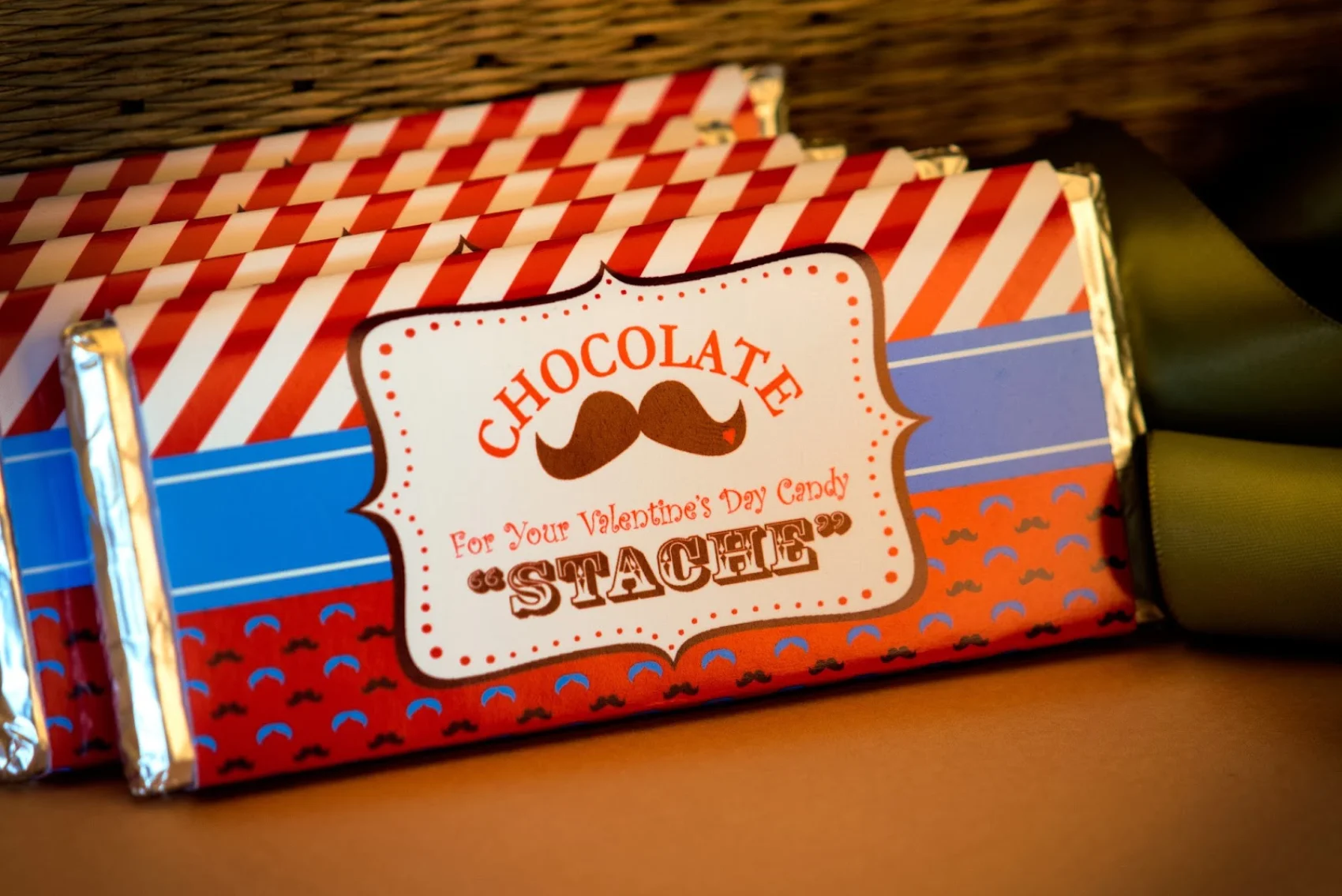Physical Address
304 North Cardinal St.
Dorchester Center, MA 02124
Physical Address
304 North Cardinal St.
Dorchester Center, MA 02124

In the world of confectionery, where taste meets temptation, candy bar wrappers play a crucial role in attracting consumers and creating a lasting impression. These seemingly insignificant pieces of packaging have evolved over the years, reflecting not only changes in design trends but also the cultural shifts and marketing strategies of their respective eras. In this blog post, we will delve into the sweet evolution of candy bar wrappers, exploring the fascinating journey from simple paper wraps to the eye-catching designs that adorn our favorite treats today.
Candy, in various forms, has been a part of human history for centuries. However, it wasn’t until the late 19th and early 20th centuries that the modern candy bar as we know it began to take shape. In these early days, candy bar wrappers were utilitarian and primarily served the purpose of protecting the sweet contents inside.
Most wrappers were simple, made of basic materials like wax paper or foil, and featured minimal branding. The focus was on the product itself rather than the packaging, as the concept of branding had yet to fully permeate the candy industry.
As the 20th century progressed, businesses started recognizing the importance of branding in creating a distinct identity for their products. Candy manufacturers began investing in eye-catching logos and wrapper designs to set their products apart on store shelves. This marked the beginning of a new era in the evolution of candy bar wrappers.
The iconic Hershey’s Milk Chocolate bar, introduced in the early 1900s, featured a simple brown wrapper with the brand name prominently displayed. This minimalist approach resonated with consumers and set the stage for other manufacturers to reconsider their packaging strategies.
The mid-20th century witnessed a significant shift in design trends across various industries, and candy bar wrappers were no exception. The post-World War II era brought about a surge in consumer culture, and candy companies capitalized on this by incorporating vibrant colors, bold typography, and playful illustrations into their packaging.
Candy bar wrappers from this period often featured dynamic graphics, catchy slogans, and depictions of joyous moments associated with indulging in a sweet treat. Brands like M&M’s, Snickers, and Kit Kat embraced this trend, creating wrappers that not only protected the contents but also served as visual representations of the joy of indulgence.
In the 21st century, there has been a noticeable resurgence of nostalgia in various aspects of popular culture, including candy bar wrapper design. Many candy companies have tapped into this trend by reintroducing or reimagining classic wrapper designs from the past.
Limited-edition releases featuring retro packaging have become a popular strategy to attract both longtime fans and new consumers. These throwback designs evoke a sense of nostalgia, reminding consumers of the simpler times when enjoying a candy bar was a special and cherished experience.
In recent years, as environmental consciousness has gained momentum, candy bar manufacturers have started exploring sustainable packaging solutions. This shift in focus reflects a growing awareness of the environmental impact of packaging materials and a commitment to reducing waste.
Companies are experimenting with eco-friendly materials, such as recycled paper and compostable wrappers, to align with the values of environmentally conscious consumers. The evolution of candy bar wrappers now includes a consideration for the environmental footprint, reflecting the broader trend toward sustainability in the packaging industry.
In the age of social media and digital connectivity, candy bar wrappers are not just static pieces of packaging; they have become interactive and innovative marketing tools. QR codes, augmented reality features, and unique packaging shapes are being incorporated to engage consumers beyond the initial purchase.
Brands are leveraging technology to create immersive experiences for customers, turning the act of unwrapping a candy bar into a multimedia event. This blend of traditional packaging with modern technology exemplifies the adaptability of candy bar wrappers in an ever-evolving market.
The sweet evolution of candy bar wrappers is a testament to the dynamic nature of design, branding, and consumer preferences. From simple protective covers to iconic branding tools, candy bar wrappers have played a vital role in shaping the confectionery industry’s visual identity. As we continue to witness innovations in design, sustainability, and interactivity, one thing remains constant – the allure of a well-designed candy bar wrapper that promises a delightful experience with every unwrapping.